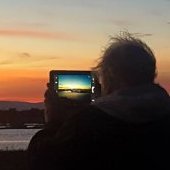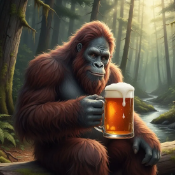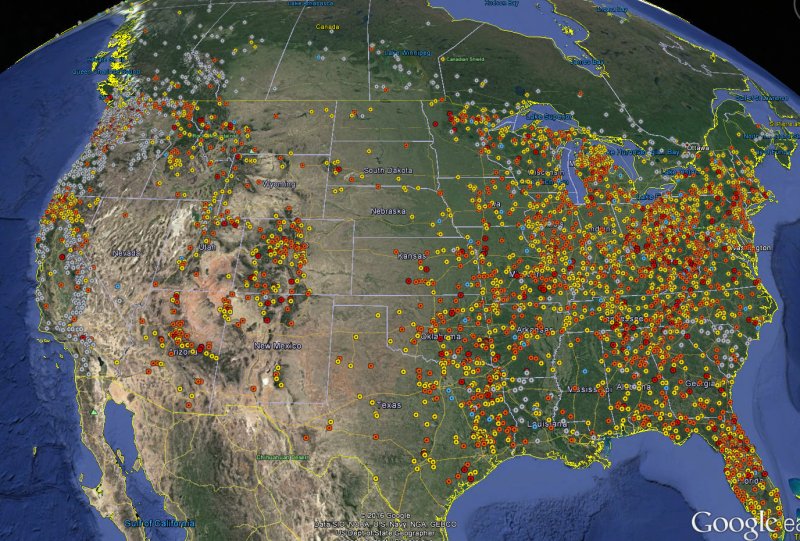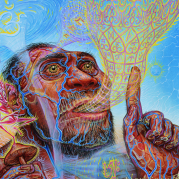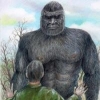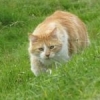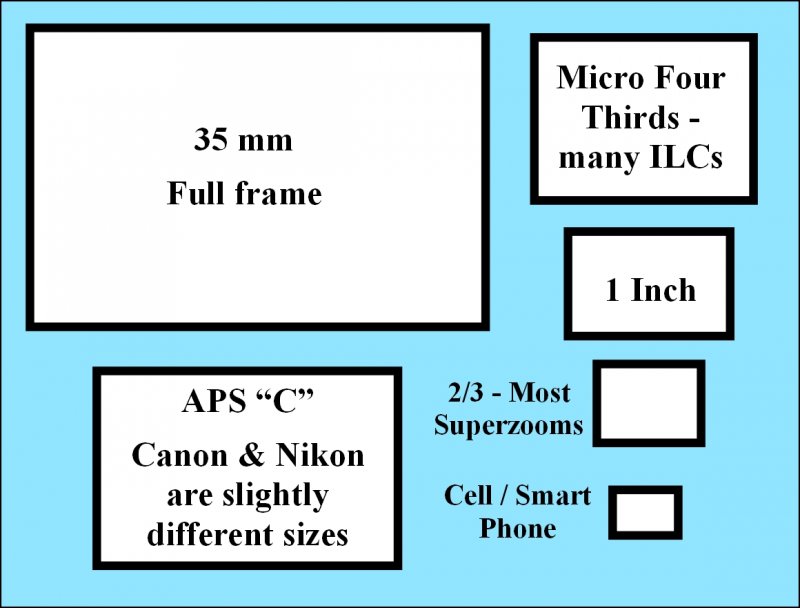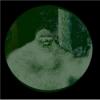Leaderboard
Popular Content
Showing content with the highest reputation on 02/04/2017 in all areas
-
BIgfoot has a natural ability to blur a camera when it chooses to.3 points
-
The NSS or FS may offer you this info but if they do not then I would take the high road and the initiative of requesting where known bat colonies are in order to stay away from them and the risk of cross contamination of the White Nosed Syndrome virus. But you know this already. The colonies are so delicate in the winter months as bats only store about a pat of butter's worth of winter fat reserve and some of the maternity caves can last into Summer. The hibernation caves and the maternity caves are not always the same thing as different temperature is critical for each of the two phases. And they are never really dormant- just their metabolisms are slowed way down. You will find all of this out through the NSS anyway. Really glad you are doing this g. Kudos to you1 point
-
Updated SSR Database numbers - 1 month later Georgia, North Carolina, West Virginia, New Hampshire, and Florida are all DONE plus Nova Scotia (which only had 2 reports). Alaska was and is basically done, but I still have 13 AK reports to check for accuracy. (13) BFRO reports left to classify: 596 (400 in US and 196 in Canada) California (190) Oregon (164) South Carolina (24) Louisiana (22) BC (82) AB (32) MB (23) ON (41) NB (6) QC (3) SK (6) YT (3)1 point
-
In regards to human vs. bigfoot origin of these structures - I understand this is an important question, and a difficult one to answer definitively. The first thing I'd say in support of these being sasquatch structures is that each of these two sites yielded a lot of activity. I think structures in the context of clear BF activity are much more likely to be BF-made, and I'm happy to share that context: Site 1 (Lost Creek Wilderness, CO): https://www.reddit.com/r/bigfoot/comments/2aaqsf/have_you_ever_had_an_encounter_with_bigfoot_share/cit9wir/ Site 2 (Deer Creek Canyon, CO): https://www.reddit.com/r/changemyview/comments/24gg93/cmv_theres_not_a_chance_in_hell_that_bigfoot/ch752fu/ The other line of reasoning I use with regards to structures is a sort of informal "human purpose vs. effort expended" test. Take the "fish trap" structure; there's no dry way across that creek; in early May when we found it, the water was moving quite quickly and was probably extremely cold; and the building materials were aspen trees that were broken/twisted off at the trunk, which we found evidence of in both the trunks and the stockpile of trees. That's a tremendous amount of effort for a human. What would the purpose be? A shelter? Just across the creek from the campground, just downstream from the parking lot, in a tiny alcove with not enough room to lay? Boyscouts having some fun? None of that adds up to me. The impression I was left with was that we were some of the first campers of the season, and "they" thought they had a little more time to use the area without the worry of avoiding campers. The teepee falls a lot more ambiguous on that test. I'd still argue there's not much human purpose for it, but it wouldn't take tremendous effort either. Still, there's a lot of activity in conjunction with it; a much more elaborate shelter appeared directly across the trail from it; a fresh deer skeleton was left in plain sight at the bottom of the trail the morning after I photographed it; and this is a ubiquitous structure in sasquatch research. And to clarify - I don't think the teepee is a shelter itself by any means, I think it is a marker for shelter; in this case, a specifically-planned shelter. It's even possible that the branches that composed the first layer of the roof of the shelter were literally the same branches that made up the teepee. I think as a general philosophy, we can rarely achieve "absolute certainty" about observations in this field, and most progress is made when we arrive at some level of "reasonable certainty." We can be reasonably certain about a conclusion, while still not becoming dogmatic or unwilling to reconsider conclusions in the light of new information or ideas. I am reasonably certain the structures I showed and described above were made by sasquatch. Wes, I need to go back and read more of this thread clearly, that sounds interesting. I was impressed by your find of the worn spot on the structure where the bow would be held down. Unfortunately I didn't think to look for such signs of wear at the time, but there's always the chance that it was recently built and not yet used, or even had been attempted to be used, just not successfully. Or that I'm completely wrong about its purpose. BigTreeWalker, I understand my decision to hang up the camera may be extreme and can prove irksome to folks; it's irksome to me at times, e.g. when I try to explain especially the shelter, which was frankly incredibly impressive. Still, I felt very strongly that the deer skeleton was a warning aimed specifically at me. Even if it wasn't a threat per se, I feel like it was a way of expressing disapproval at my actions. Respect for the sasquatch people is paramount to me, I really want to approach them on their terms, and I try to err on the side of caution in this regard. This is not just a matter of research ethics, but of strategy, as I think allowing interaction to be on their terms as much as possible is the best approach for results in the long-term.1 point
-
1 point
-
1 point
-
I've been seriously interested in photography since 1965 and embraced digital about 14 years ago. I also live in a rural subdivision and take a lot of wildlife photos so have some thoughts on this. The big functional differences, aside from lens focal length, between DSLR and/or ILC (interchangeable lens compacts that replace the mirror and pentaprism of a DSLR with electronic viewfinders) and so called Superzoom cameras are sensor size and speed of operation. The larger the sensor, the larger the lens needed to fill the frame with an image at a given focal length, so the lens focal length of cameras with sensors smaller than full frame is expressed as an equivalent of the full frame focal length. The Nikon D900 83 X lens is roughly equivalent to a 2,400 mm lens on a full frame camera. That works out to just under 8', not practical to haul around in the woods, except maybe for a Bigfoot. The trade-off of the powerful lens is that the smaller sensor is generally going to have less resolution, expressed as mega-pixels, than larger sensor. While some small sensor cameras pack in a lot of MP, each is smaller than those on a larger sensor of the same resolution resulting in reduced light gathering ability per pixel and less sensitivity in low light (among other things). The chart below compares the relative size of sensors used in most cameras. The other factor, speed of operation is determined by the power of the camera's processor and software and to some extent the hardware components. The speed refers to how fast the auto-focus and auto-exposure work and how fast still images can be recorded at a given resolution before the buffer fills up and stops to load images to the memory card. As a general rule, DSLR and ILC cameras have faster processors, larger buffers and more powerful software so they not only focus and adjust exposure faster, but the delay between powering up the camera and taking the first photo is much shorter. One final thing to mention regarding zoom lenses, regardless the type of camera or sensor size, on most the maximum aperture (governing the amount of light that can pass through the lens to the sensor) declines as the lens is zoomed out. In zooms for full frame cameras, only very expensive lenses maintain a constant maximum aperture regardless of focal length. I currently have a DSLR and an older Superzoom, both made by Canon. There is a camera I've been researching that combines some of the traits of each type; it is the Panasonic Lumix DMC-FZ300K 4K 24X F2.8 Long Zoom Digital Camera. The lens is designed by Leica and is one of the highest quality optics in this type of camera and while its zoom is only 24 X it maintains the maximum f 2.8 aperture throughout that range. It also has a powerful processor and software allowing it to focus and set aperture as fast or faster than all but the highest end DSLRs. It shoots 4K video and allows you to make still photos while filming without interruption. It can be set to record JPEG and/or RAW images. JPEG uses data compression to decrease the file size of each image but introduces undesirable artifacts. RAW files contain all of the image data to be recorded allowing more options in adjusting the images after they have been downloaded. Cost on that model is just under $600, and I've seen it discounted $100 by both B&H Photo and Adorama. It's the best compromise between the two types of cameras that I've seen yet. A final note. Ignore the digital zoom rating of a camera, it is no different than cropping a smaller part of an image and enlarging that part. It makes the subject appear larger but also magnifies compression artifacts and effectively decreases image resolution.1 point
-
I see trees & foliage when I look at it. There could be more, but it turns into pareidolia at that point.. Cheers!1 point
This leaderboard is set to New York/GMT-05:00


